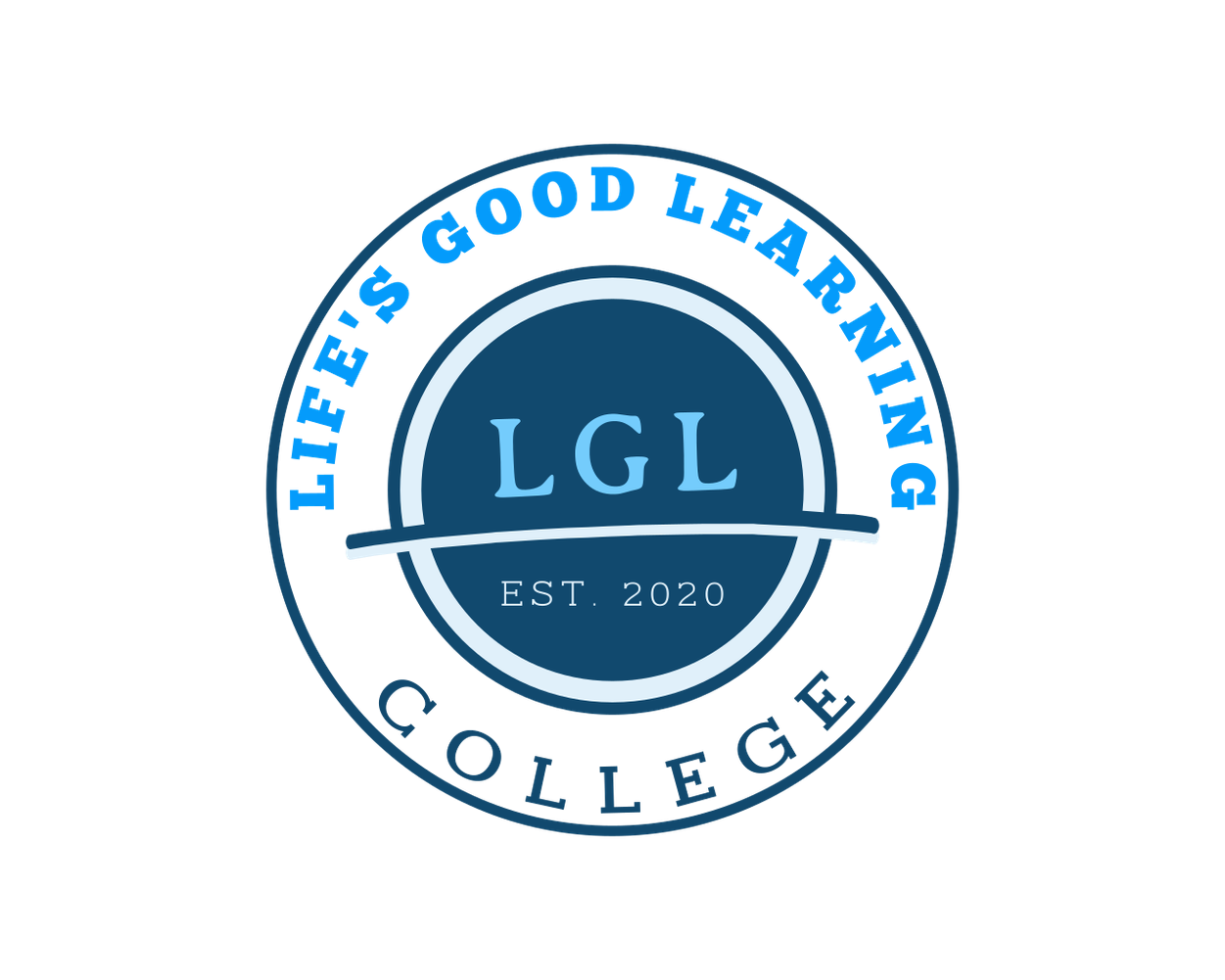
Steps to Renew Your BLS Certification with the AHA
Share
Basic Life Support (BLS) certification is an essential qualification for healthcare professionals and first responders. Issued by the American Heart Association (AHA), this certification equips individuals with the critical skills needed to respond effectively to life-threatening emergencies such as cardiac arrest and respiratory distress. However, BLS certification isn’t a one-time achievement—it requires regular renewal to ensure skills remain current and effective.
Renewing your BLS certification with the AHA is a straightforward but essential step in your professional journey. Whether you work in a hospital, clinic, or community health setting, staying certified demonstrates your commitment to quality care and preparedness. In this article, we’ll walk through the complete renewal process, from understanding eligibility to choosing the right format and preparing for the assessment. Let’s dive in.
Understanding BLS Certification Renewal
BLS certification renewal refers to the process of revalidating your skills and knowledge in basic life-saving techniques after your initial certification expires. Issued by the American Heart Association, BLS certifications are typically valid for two years. Renewal ensures that professionals remain compliant with the latest protocols and best practices in emergency response.
Unlike initial certification, the renewal process is often more streamlined. It focuses on refreshing your core skills—such as CPR, AED use, and rescue breathing—while updating you on any changes to AHA guidelines. Because medical science evolves, techniques and recommendations are periodically revised, and renewal courses incorporate these updates to keep your training relevant.
Most AHA BLS renewal courses are designed for those who have maintained their certification and are comfortable with BLS fundamentals. This makes the course more efficient while still delivering critical hands-on practice and evaluation. Completing a renewal course on time helps ensure you remain ready to respond in any life-saving scenario.
Why Timely Renewal Is Crucial
Letting your BLS certification expire can have serious consequences, especially if you work in a healthcare or emergency services environment. Many employers, including hospitals, clinics, and ambulatory services, require a current BLS certification for continued employment. Renewing on time ensures you remain compliant with institutional policies and avoid disruptions in your work eligibility.
Timely renewal also maintains your preparedness in real-life emergencies. BLS skills are perishable, and without regular practice, your ability to respond effectively can diminish. Refresher training reinforces muscle memory, confidence, and quick decision-making—three components critical during high-stress medical events.
In addition, the American Heart Association periodically updates its guidelines based on new research and global consensus. Missing a renewal means missing out on updated protocols that can significantly improve patient outcomes. Staying current keeps your knowledge sharp and aligned with best practices in modern resuscitation care.
By renewing before your expiration date, you avoid the need to retake the full certification course. You also preserve continuity in your professional qualifications, making renewal a smart investment in both your career and your ability to save lives.
Eligibility Criteria for Renewal
Renewing your BLS certification with the AHA requires meeting a few key eligibility criteria. Primarily, you must hold a current, unexpired AHA BLS Provider certification. This requirement ensures that participants in the renewal course already have foundational skills and knowledge in life-saving procedures such as CPR, AED operation, and airway management.
If your certification has expired—typically after the two-year validity period—you may no longer be eligible for a streamlined renewal course. Instead, you’ll need to complete the full provider course again, which is more time-intensive and covers the full breadth of training from the beginning. For this reason, it's recommended to start the renewal process at least one month before your card expires.
In addition to having an active certification, some training centers may require participants to present their AHA eCard or printed certification on the day of the course. Healthcare professionals should also be prepared to demonstrate a working knowledge of BLS procedures during the class and pass the written and skills-based assessments to complete renewal successfully.
Overview of the Renewal Process
The BLS renewal process with the AHA is designed to be efficient, focusing on reinforcing core competencies and updating participants on new guideline changes. It begins with selecting an authorized AHA Training Center or Training Site. These facilities offer BLS renewal classes in both classroom and blended learning formats, depending on your schedule and learning preferences.
Once enrolled, you'll receive access to review materials. The renewal course typically includes a brief review of theoretical knowledge, followed by hands-on practice. Key topics include high-quality CPR for adults, children, and infants; proper use of an AED; and managing choking emergencies. Some courses also include team dynamics and roles during multi-rescuer CPR scenarios.
The final step in the process is completing both a skills evaluation and a written test. The skills test involves demonstrating effective CPR and AED use on a manikin under instructor supervision. The written portion ensures comprehension of key principles and protocol updates.
Upon successful completion, you’ll receive an updated AHA BLS certification card, valid for another two years. This card serves as proof of your continued competency and is often required by employers, licensing boards, and training institutions.
Online vs. In-Person Renewal Options
When it comes to renewing your BLS certification, the American Heart Association offers flexibility through two primary formats: in-person and blended learning. Each option has its advantages, and the best choice depends on your learning style, schedule, and comfort with the material.
In-person renewal courses take place at AHA-approved Training Centers. These sessions are led by certified instructors and offer real-time feedback, immediate correction of errors, and group-based learning. For individuals who prefer a structured environment or need hands-on support, this format is often the most effective.
Blended learning, on the other hand, allows you to complete the theoretical portion of the course online at your own pace. After completing the online module, you’ll attend a brief in-person skills session with an instructor to demonstrate proficiency. This format is ideal for busy professionals who need scheduling flexibility or are already confident in their BLS knowledge.
Regardless of format, the training content and certification are the same. Both meet AHA’s high standards and result in the issuance of a two-year BLS Provider card upon successful completion. Choosing the format that best suits your needs ensures a smoother, more productive renewal experience.
Preparing for the Renewal Assessment
Although the BLS renewal course is designed for experienced individuals, preparation is still essential to ensure success—especially when it comes to the skills and written assessments. Reviewing key concepts in advance helps reinforce techniques and boosts confidence.
Start by revisiting the current AHA BLS Provider Manual or any supplemental resources provided by your training center. Pay close attention to the core elements of high-quality CPR: compression depth and rate, hand placement, and minimizing interruptions. Refresh your understanding of AED operation, team roles in multi-rescuer settings, and the correct steps for responding to choking in different age groups.
Practicing hands-on skills—even with a pillow or dummy at home—can enhance muscle memory. Watching AHA-approved video modules or taking a practice quiz can further solidify your knowledge. Most importantly, stay calm and focused during the course. Instructors are there to help, and the goal of the assessment is to verify your ability to respond effectively, not to trip you up.
With preparation and the right mindset, you’ll be ready to complete your renewal and continue delivering high-quality, life-saving care.
Fees and Time Commitment
The cost of renewing your BLS certification can vary depending on location, training center, and course format. On average, BLS renewal fees range from $60 to $95. Some employers may cover the cost of certification as part of their employee training programs, so it’s worth checking with your HR department before registering.
In terms of time commitment, BLS renewal courses are generally shorter than full certification courses. Most in-person renewals take approximately 2 to 3 hours, while blended learning options may allow you to complete the online portion in 1 to 2 hours, followed by a 1-hour skills session. Because the course is designed for those already familiar with the material, the pace is faster and more focused.
Materials such as the AHA BLS Provider Manual or online modules may be included in the course fee, or available for an additional charge. Some training centers also offer refresher videos or practice exams to help you prepare.
Overall, renewing your BLS certification is a low-cost, high-value investment in your professional qualifications and ability to save lives.
Tips to Maintain Continuous Certification
Keeping your BLS certification current requires more than just remembering the expiration date. Developing habits that support continuous certification ensures you’re never caught off guard when it’s time to renew. The first step is to set a reminder for at least 60 days before your certification expires. This gives you time to find a convenient course, prepare, and complete the process without urgency.
Regular practice also plays a vital role. Engaging in mock scenarios at your workplace or reviewing CPR techniques quarterly can keep your skills sharp. Some healthcare organizations offer brief refresher sessions or simulations, which are great opportunities to reinforce what you’ve learned.
Stay connected with updates from the AHA. By subscribing to newsletters or following their announcements, you’ll be notified of any changes in guidelines that may affect your renewal training. This ensures you're always aligned with current standards.
Finally, keep your documentation organized. Whether you have a printed card or a digital eCard, store it in a place that’s easy to access for employer records or license renewals. Continuous attention to these details ensures your certification remains valid, your skills stay fresh, and your readiness never lapses.
Renewing your BLS certification with the American Heart Association is an essential step in maintaining your ability to provide life-saving care. Whether you work in a hospital, ambulance, clinic, or community health setting, staying certified shows your dedication to professional excellence and patient safety.
From understanding eligibility and exploring course formats to preparing for the assessment and managing fees, each step in the renewal process plays a critical role in keeping your credentials—and your skills—up to date. The AHA makes the process accessible, flexible, and effective, ensuring you receive the training you need without unnecessary barriers.
By renewing on time and practicing regularly, you not only meet industry requirements but also reaffirm your readiness to act when every second counts. In a profession where lives depend on quick, knowledgeable response, there’s no substitute for being well-prepared—and AHA BLS certification renewal is the key.

